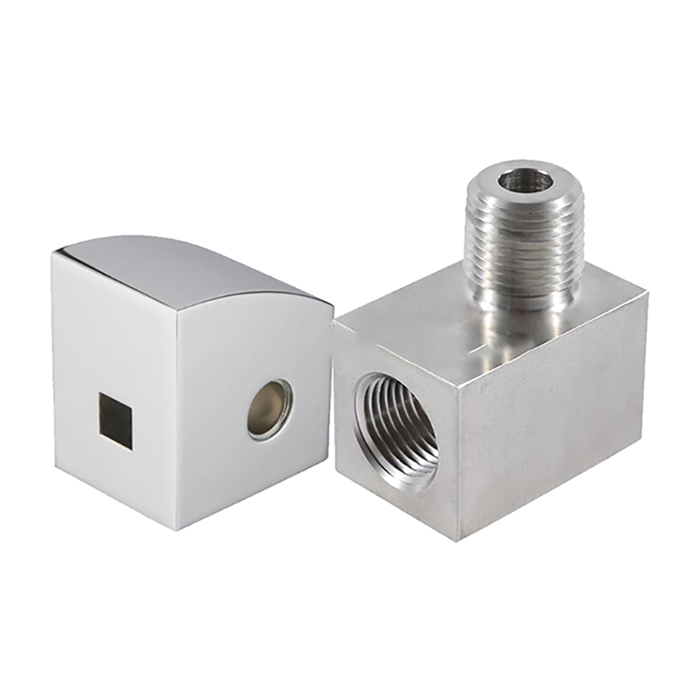Structural foam, often referred to as structural insulation foam, is a type of foam material used primarily in construction and manufacturing for its structural properties and insulation capabilities. Here are some key points about structural body foam and its applications:

1.Composition and Structure: Structural foam is typically composed of a polymer matrix reinforced with various additives to enhance its strength and thermal insulation properties. The exact composition can vary based on the specific application requirements.
2.Insulation Properties: One of the primary purposes of structural foam is its thermal insulation capability. It helps in maintaining indoor temperatures by reducing heat transfer through walls, roofs, and floors, thereby improving energy efficiency in buildings.
3.Strength and Durability: Unlike traditional foam insulation, structural foam is designed to provide additional structural support. It has a higher strength-to-weight ratio compared to regular insulation foams, making it suitable for load-bearing applications.
4.Applications:
5.Building Construction: Structural foam is used in walls, roofs, and foundations to provide both structural support and insulation.
6.Manufacturing: It is also used in the manufacturing of composite materials where lightweight yet strong components are required.
7.Transportation: Structural foams find applications in automotive and aerospace industries for reducing weight while maintaining structural integrity.
8.Types of Structural Foam:
9.Polyurethane (PU) Foam: Commonly used for its versatility and excellent insulation properties.
10.Polystyrene (PS) Foam: Offers good thermal insulation and is lightweight, used in both construction and packaging industries.
11.Polyethylene (PE) Foam: Known for its durability and resistance to moisture, used in a variety of applications including building insulation.
12.Installation and Maintenance: Structural foam panels or sheets are typically installed by professionals to ensure proper insulation and structural integrity. Regular maintenance may involve checking for any damage or degradation that could affect its performance over time.
In summary, structural body foam or structural insulation foam plays a crucial role in modern construction and manufacturing industries due to its dual benefits of structural support and thermal insulation. Its application ranges from residential and commercial buildings to advanced manufacturing processes and transportation sectors.

